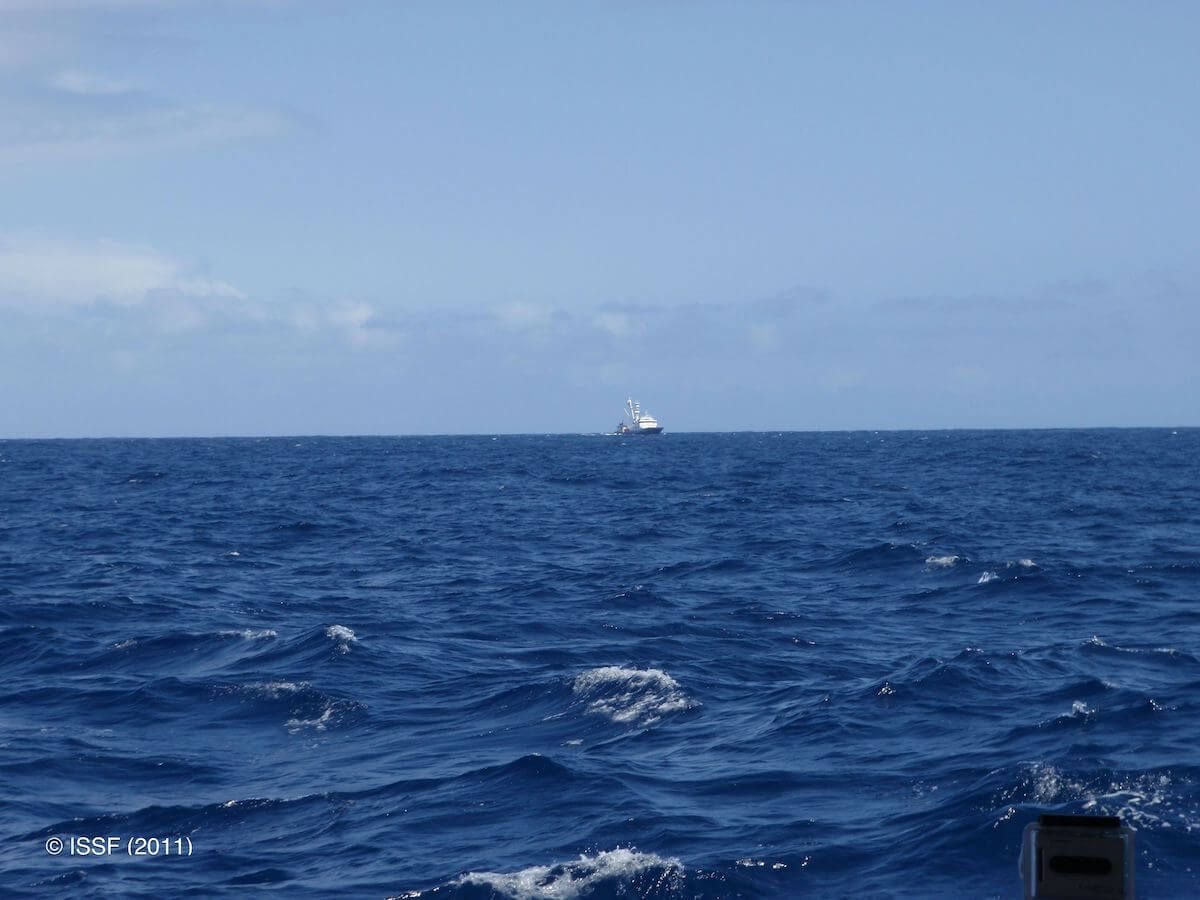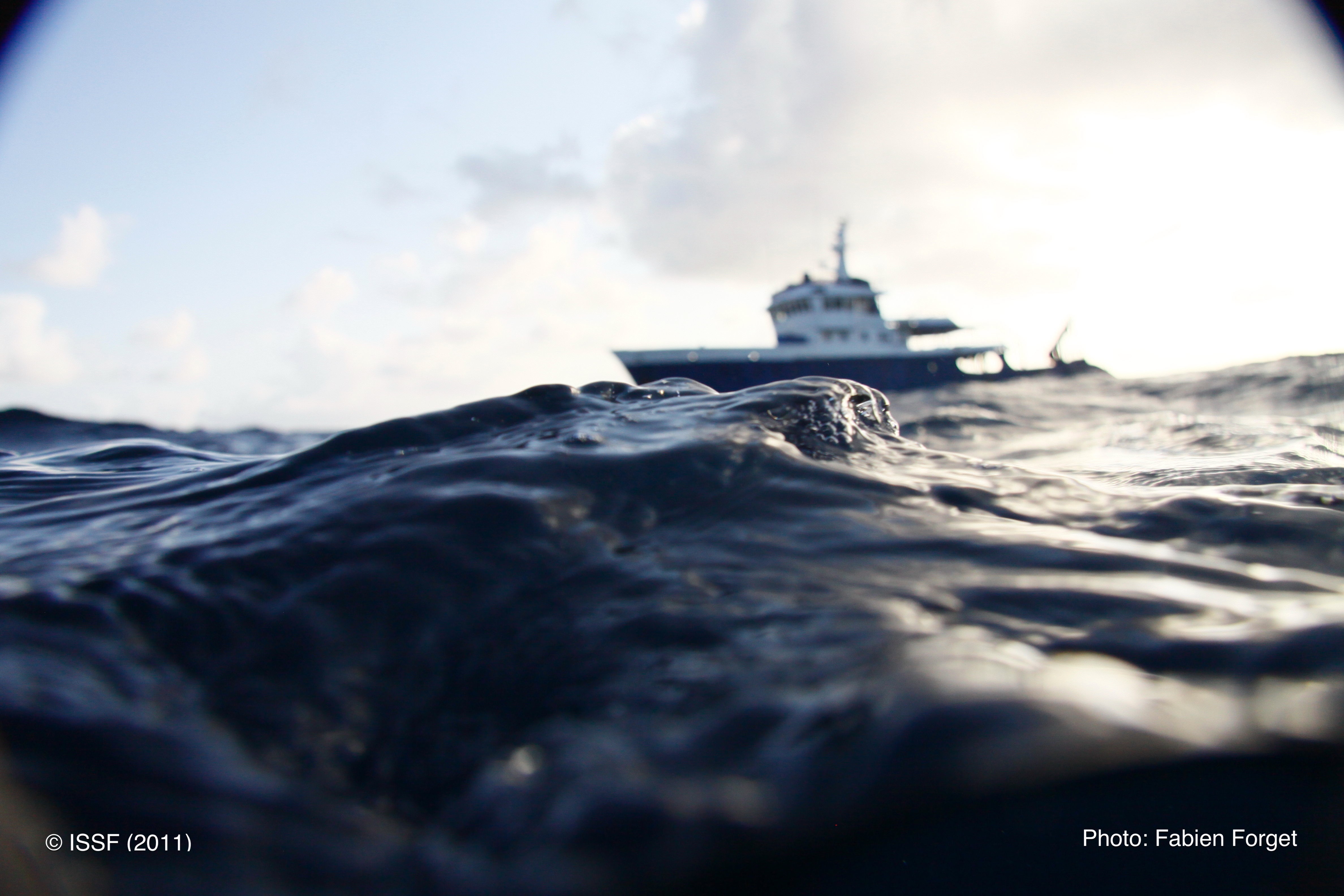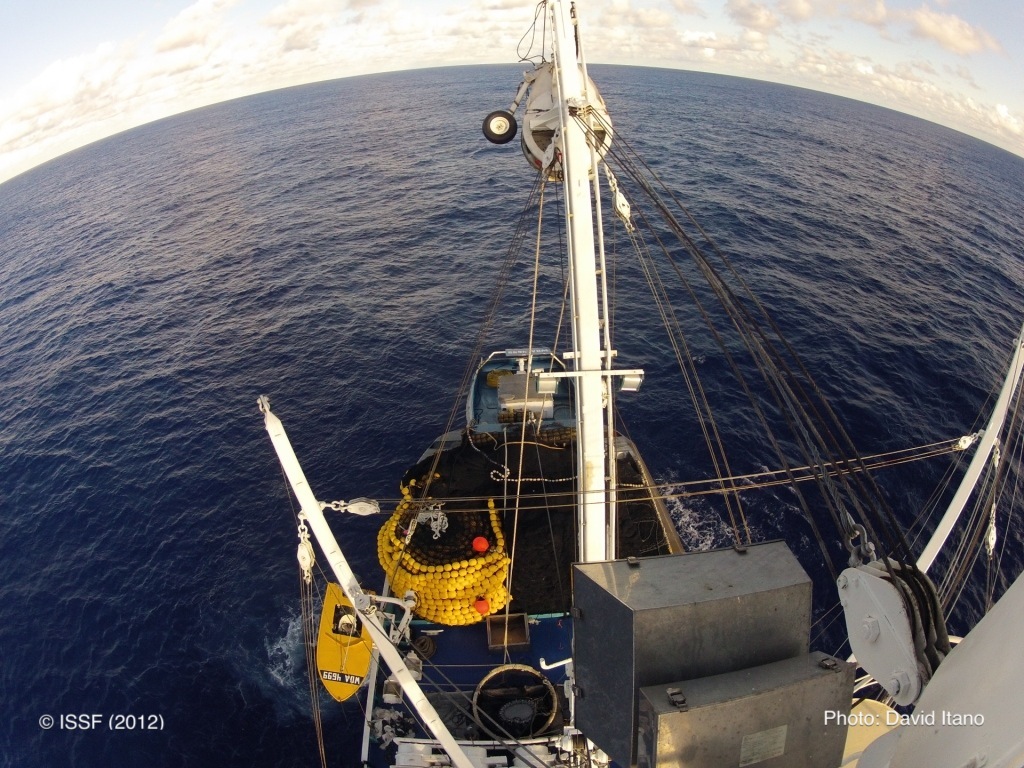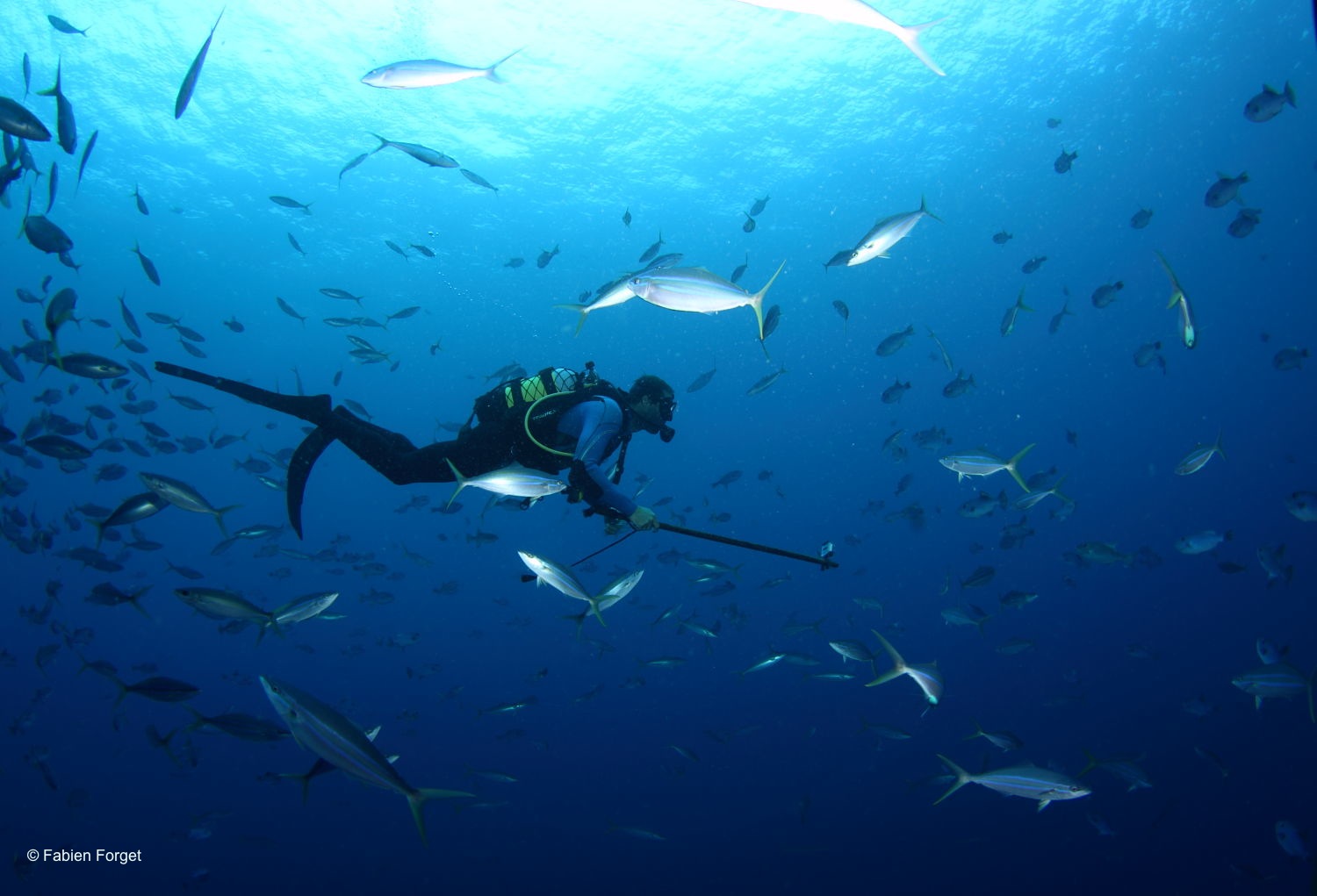
ISSF Welcomes Robust Progress for Eastern Pacific Ocean Tuna Fisheries, Including Adoption of Harvest Strategy for North Pacific Albacore and Requirements for Non-entangling FADs
At the conclusion of the annual meeting of Inter-American Tropical Tuna Commission (IATTC), the International Seafood Sustainability Foundation (ISSF) is reflecting on the many positive outcomes for Eastern Pacific Ocean (EPO) tuna fisheries. We are pleased that managers made headway on important topics like harvest strategies and improved fish aggregating device (FAD) designs, in addition to other critical elements of sustainable fisheries management.
Here is a review of the results of the IATTC meeting against our organization’s priorities as outlined in our 2023 position statement.
Compliance Processes
Strong, transparent compliance policies and practices improve fisheries management because they hold member countries accountable. Last year, the IATTC adopted improvements in this area, including best practices promoted by ISSF and partners, like greater detail in compliance reports and mechanisms to identify infraction patterns.
This year, we urged the IATTC to implement these improvements, specifically through establishing a work plan with timelines for its Committee for the Review of Implementation of Measures. While the Commission did not take this particular action, we can still applaud progress for compliance processes because managers conducted a successful review of IATTC member compliance under the previously strengthened resolution. The result was a more detailed assessment of potential member non-compliance and clear recommendations for addressing instances of non-compliances.
Effective Management Procedures (Harvest Strategies)
The new Marine Stewardship Council (MSC) Fisheries Standard requires a higher level of performance for RFMO-managed fisheries, including regarding harvest strategies for tuna fisheries. To achieve this heightened standard, the IATTC must adopt and implement harvest strategies in time for their outcomes to meet the MSC Standard deadlines. ISSF is therefore pleased that the Commission adopted a harvest strategy for North Pacific albacore, including a harvest control rule, as well as interim reference points for skipjack tuna. In addition, managers made progress for South Pacific albacore tuna by endorsing the IATTC Scientific Advisory Committee recommendations for the stock, which includes working with the Pacific Community (SPC) and WCPFC to explore management strategies and continuing joint stock assessment work.
FAD Design and Management
ISSF also welcomes advances by EPO decision makers for improved FAD design and management. To reduce the impact of FAD structures on the marine ecosystem and reduce plastic pollution, FADs should be designed to avoid the use of netting and be constructed primarily with biodegradable materials. Fortunately, the Commission agreed to require fully non-entangling FAD designs without netting or meshed materials as of January 1, 2025 — a move that aligns IATTC requirements to WCPFC in the Western and Central Pacific Ocean, although on a longer timeline.
As a leader in biodegradable FAD research, ISSF’s appeals to IATTC also included the adoption of the definition of “biodegradable” proposed by its FAD Working Group, as well as a transition timeline for the use of 100% biodegradable FADs. We are pleased that EPO fisheries managers adopted proposals that include both of these items, and that they also agreed to encourage recovery programs of drifting FADs in the IATTC convention area.
These collective actions make the IATTC the first tuna RFMO to have in force robust conservation measures for the use of biodegradable FADs — a move we urge all tuna RFMOs to follow.
Bycatch Mitigation & Shark Protections
Some shark and seabird species are declining in abundance or are threatened, yet IATTC conservation measures for these animals remain outdated, excluding many best-practice mitigation techniques. That’s why ISSF requested that all retained sharks be landed with fins naturally attached. The Commission did agree to this ask, but, unfortunately, the revised measure includes exceptions that dilute its impact. ISSF and its partners will continue to advocate strongly for all RFMOs to adopt fins-naturally attached measures for sharks without any exceptions.
ISSF also sought better protection for seabirds in EPO fisheries to harmonize the region with RFMO requirements in the Indian and Western and Central Pacific Oceans. We are disappointed that this call went unanswered. IATTC must improve its seabird protection measures.
Electronic Monitoring and Reporting & Observer Coverage
Comprehensive observer coverage is critical to effective fisheries management. 100% observer coverage — human and/or electronic — is feasible and necessary. IATTC’s minimum 5% observer coverage requirement for longline vessels in not being fully met, and there is no requirement for observer coverage on class 1-5 purse seine vessels.
Despite appeals by ISSF and others, the Commission, like last year, failed to increase its longline vessel observer coverage requirements or establish an observer program for class 1-5 purse seine vessels. The IATTC Electronic Monitoring Working Group that was agreed to last year, however, was established and co-chairs identified. We are hopeful that their planned meeting in 2023 will set a clear agenda for 2024 and accelerate progress in establishing minimum electronic monitoring standards in the EPO.
Overall, ISSF is pleased with the number of proposals addressed and adopted at last week’s IATTC meeting. The pace of change and action is a welcome development versus previous years, and we applaud the many positive steps taken toward more sustainable tuna fisheries management. We remain watchful and engaged to ensure that more progress can be made for the long-term protection of EPO tuna fisheries.


